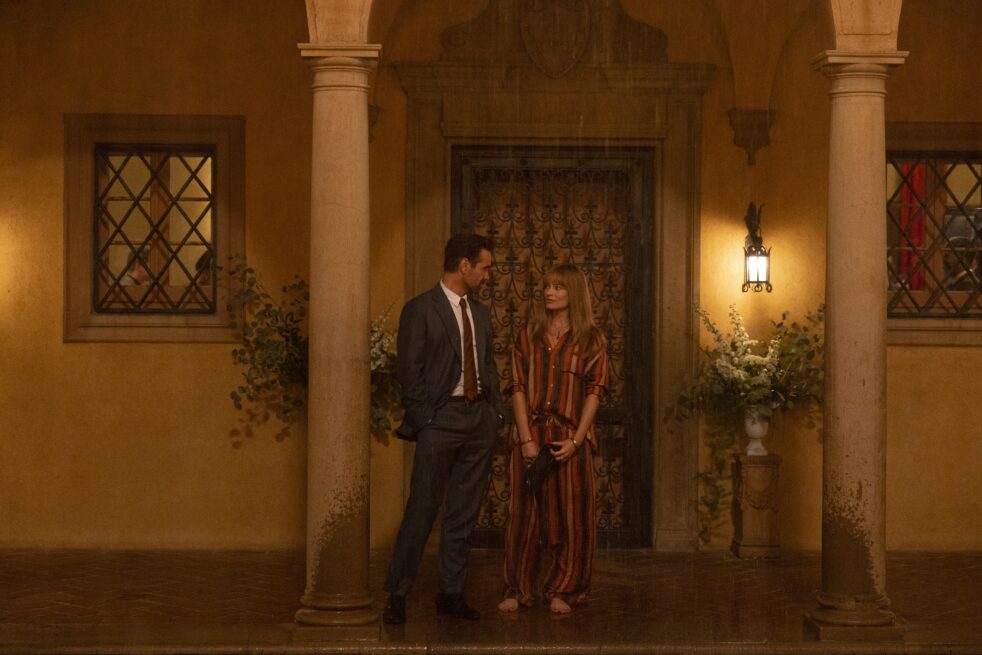Kogonada’s third film, “A Big Bold Beautiful Journey,” starring Margot Robbie and Colin Farrell offers a cinematic world where a talking GPS and mysterious doors lead to personal revelations for both characters.
The story follows strangers who meet at a friend’s party and are later led to each other through a magical GPS that talks to them. The GPS leads them through a series of doors that act as portals to their past, and they revisit defining moments of their individual lives. Through visiting each other’s pasts, they start to understand each other and form a bond.
The film promised a magical realism adventure for the two main characters, but it ultimately fails to live up to its title. The result leaves the film feeling shallow and emotionally underwhelming, instead of like a larger-than-life love story.
Robbie explained in a press release that the character accept the magical GPS which helps drive the plot along. Rather than hesitating to listen to the GPS, David and Sarah see it as a part of their universe.
“The GPS talks to them and guides/forces them on this trip together,” said Robbie in a press release. “And Sarah and David are not sitting there, wondering, why is my GPS talking to me? They’re not picking at the threads of what’s happening; they’re giving in to it and even throwing themselves into it. That’s part of the magical realism realm; you can’t poke at things too much. ”
Although the magical realism realm allows audiences to accept extraordinary rules, the film never manages to fully explain its world. The characters may not question the strange GPS, but the audience does, leading the film to feel more implausible rather than immersive. The plot’s pacing does not help the audience’s confusion either. It does not make sense how David was his younger self, a stranger to his father and then his own father depending on which door he went through.
When discussing the couple’s story, Kogonada said, “We never fully identify where Sarah and David are from, or where they’re going. We wanted it to feel like it could be anywhere. One destination is just an entrance to another.” However, keeping David and Sarah’s journey vague makes it hard to be invested in their romance and instead viewers are left wondering why they are going on this journey in the first place.
Despite the shaky plot, the film has strong points in other areas. For instance, the cinematography depicts visually beautiful backdrops as David and Sarah travel along the Los Angeles highway.
“We were looking for terrains and environments that helped create a sense of the mysterious and the fantastic,” Kogonada continues. “We found locations that had never been captured in a motion picture.” The result is backgrounds that look like paintings and set a romantic mood for the movie. The filmmakers used a 3D space created by LED panels to display virtual environments for filming where visual effects were necessary.
The score also helped to pick up the plot in standout moments. The delicate piano notes create a calmness as we see David and Sarah battle with their pasts. Kogonada brought in acclaimed Japanese composer Joe Hishahi, who is famous for his works with Studio Ghibli films. Several needle drops were also included in key scenes including an original, “Let’s Dream in the Moonlight” performed by Laufey.
Although many had high hopes for the movie, it seemed to have failed to connect with audiences after an underwhelming $8 million at the box office, one of the lowest for both Robbie and Farrell.
In the end, for a film with such a grand title, “A Big Bold Beautiful Journey” moves in a different direction than audiences might hope. Viewers may walk out remembering the visuals and sound, but not the story.
